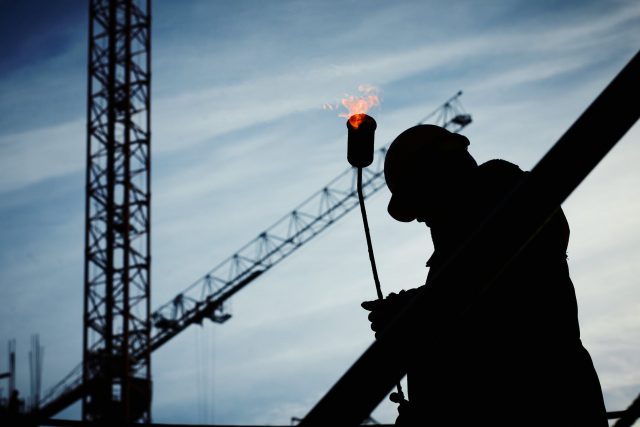
Planning a safe crane lift takes a staff of trained engineers, riggers, and operators to get the job done. Calculating the details of a lift, the load and counter-weights required, how the crane will operate during the lift, what equipment and personnel to use, and how each part of the lift will be carried out are all necessary elements that must be understood by all crew members and project managers to ensure a safe and effective lift.
The first priority of any crane operation should be the safety of all personnel and civilian lives in the area. Working with heavy loads is serious business that leaves no room for error; having a proper lift plan in place will ensure the safety of everyone involved.

Critical Lift Planning
Engineers use a number of different strategies to plan a lift. Custom 2D and 3D CAD support can help the team involved with the lift visualize the task-at-hand. Conceptual drawings, designs, and proper calculations will put the team and the client at ease while ensuring maximum productivity and safety of the lift. There are many standards set by OSHA (The Occupational Safety and Health Administration of the U.S. Department of Labor) that our engineers follow to protect crew, equipment, and avoid any potential accidents. Here are just a few steps our engineers take when planning a critical lift:
-
Quote and Assess the Project
During the first stage of any project that requires crane lifting, crane engineers must assess the job, provide proper lift calculations, potentially utilize CAD drawings, and evaluate any potential challenges associated with the lift. Is the job located in a heavily populated metropolitan area? Will the crane have to be heavy-hauled to a remote location? What is the estimated budget of the project? There are a number of considerations that go into each unique project.
-
Visit the Proposed Job Site
Once the logistics of the job are settled, engineers will visit the site to assess the terrain, ground condition, restrictions of the area, nearby overhead structures, and how difficult the area is to access. If a heavy haul is required to the site, additional route planning must take place to ensure the safe delivery of an oversized load.
-
Calculating Crane Load and Equipment
After data on the job site is collected, important figures are calculated concerning the center of gravity, load weight, and shape of the object to be lifted. Once these calculations are made, engineers will select the type of crane and equipment they’ll need to get the job done. Other important considerations that engineers think about are:
- How much space does the crane arm need to swing safely?
- How much can the crane lift at any given time?
- How much will the counterweight of the crane need to weight to prevent a crane topple?
- Where should the crane be placed at the job site?
- Will obstructions need to be moved before the crane is placed?
- What crane will be compatible with the given terrain?
- What is the proper weight load of the rigging required?
- How much ground area needs to be blocked off for civilian and crew member safety?
-
Technical and CAD Drawings
Engineers will provide blueprints of the project to ensure that everyone is on the same page before, during, and after the lift. A technical drawing will illustrate where the crane will be placed, how to avoid any potential obstacles, and how the lift will be safely conducted.

-
Final Steps Before the Lift
All equipment should be inspected prior to the lift as part of a standard safety inspection. All equipment should be thoroughly examined, oiled, maintained, and repaired prior to any job (regardless of how large or small the project is). Supervisors will brief the team on proper safety protocols and use the technical drawings laid out by the engineers as the roadmap for a successful project; a reliable system of communication (such as a hands-free system) will also be in place to ensure proper communication between the crane operator, the supervisor, and the rest of the crew.
Critical Lift Planning in California
Sheedy Crane is a leader in cranes, rigging, heavy hauling, and of course–critical lift planning in California. With thousands of jobs under our belt, no job is too large for Sheedy or our team of experienced engineers, riggers, and crane operators. If you’re looking for the best heavy lifters for your next project, give Sheedy Crane a call at (415) 648-7171. Click here to visit our contact page.
